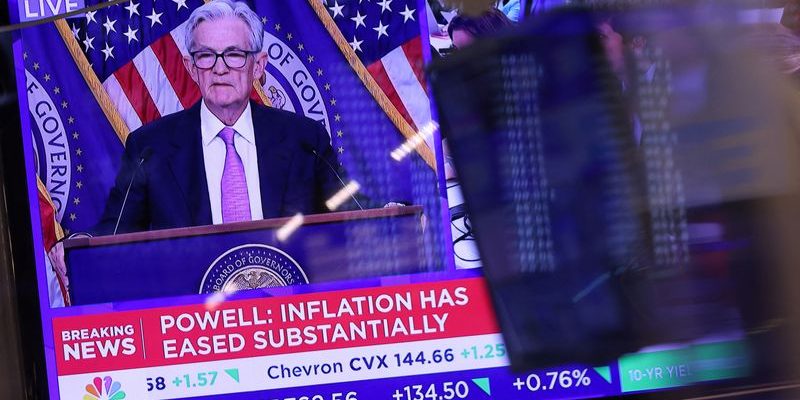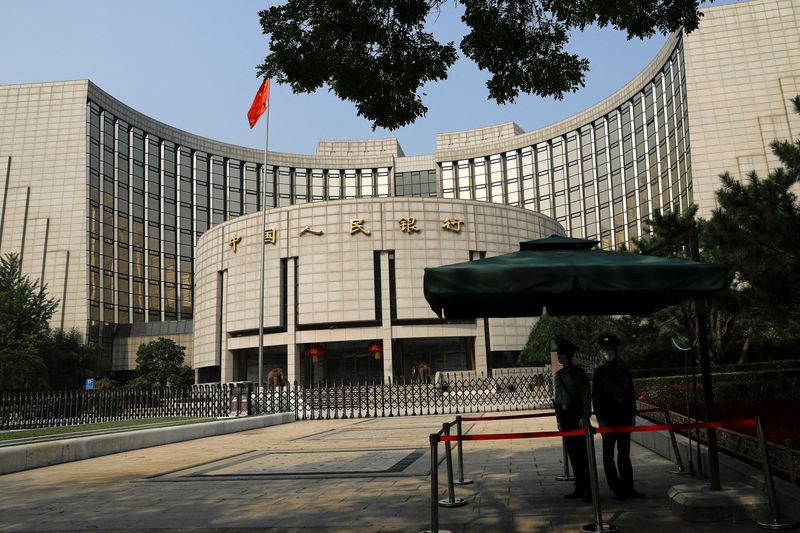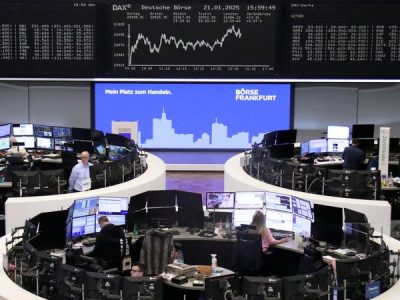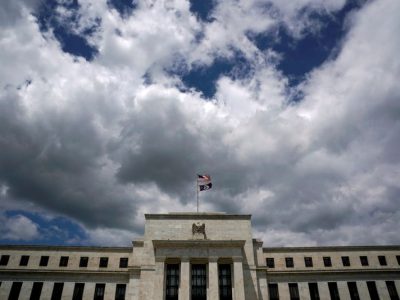
By David Lawder and Ann Saphir
WASHINGTON (Reuters) – The U.S. central bank might have begun cutting interest rates in late July had it known that the labor market was cooling as fast as it has been, Federal Reserve Chair Jerome Powell said on Wednesday.
“If you ask, you know, if we’d gotten the July report before the meeting, would we have cut? We might well have,” Powell told a news conference after the central bank cut its benchmark overnight interest rate by 50 basis points, more than most analysts had expected. “We didn’t make that decision, but you know, we might well have.”
Powell, however, said the policy decision announced by the Fed on Wednesday does not mean it is behind the curve; rather, he said, it is a commitment not to be.
The Labor Department’s jobs report for July, which was released days after the Fed’s July 30-31 meeting, showed the unemployment rate had risen to 4.3% and job growth had slowed.
Though the subsequent report for August showed the unemployment rate ticking down 4.2%, it contained ample further evidence of a slowdown.
“It seems like the Fed wanted to catch up from not going in July,” Oscar Munoz, an economist at TD Securities, said after the release of the latest policy decision.
From here on out, Munoz said, the Fed won’t be rushed, a point that Powell also made in his post-meeting news conference.
Fed policymakers are nearly evenly split on whether they feel they will need to deliver another 50 basis points of rate cuts over the last two meetings of the year, or should stick to less.
So far, Powell said, the labor market is solid and inflation is on track to move down to the Fed’s 2% goal; Wednesday’s rate cut, he said, is a bid to keep it that way.
“The Fed doesn’t like to admit policy errors, but some of the decision for a larger initial cut is likely to get caught up as it found itself behind the curve by one meeting,” said Ryan Sweet, chief U.S. economist at Oxford Economics. “The September decision is a preemptive strike to increase the odds that the central bank can pull off a ‘soft landing.’”












